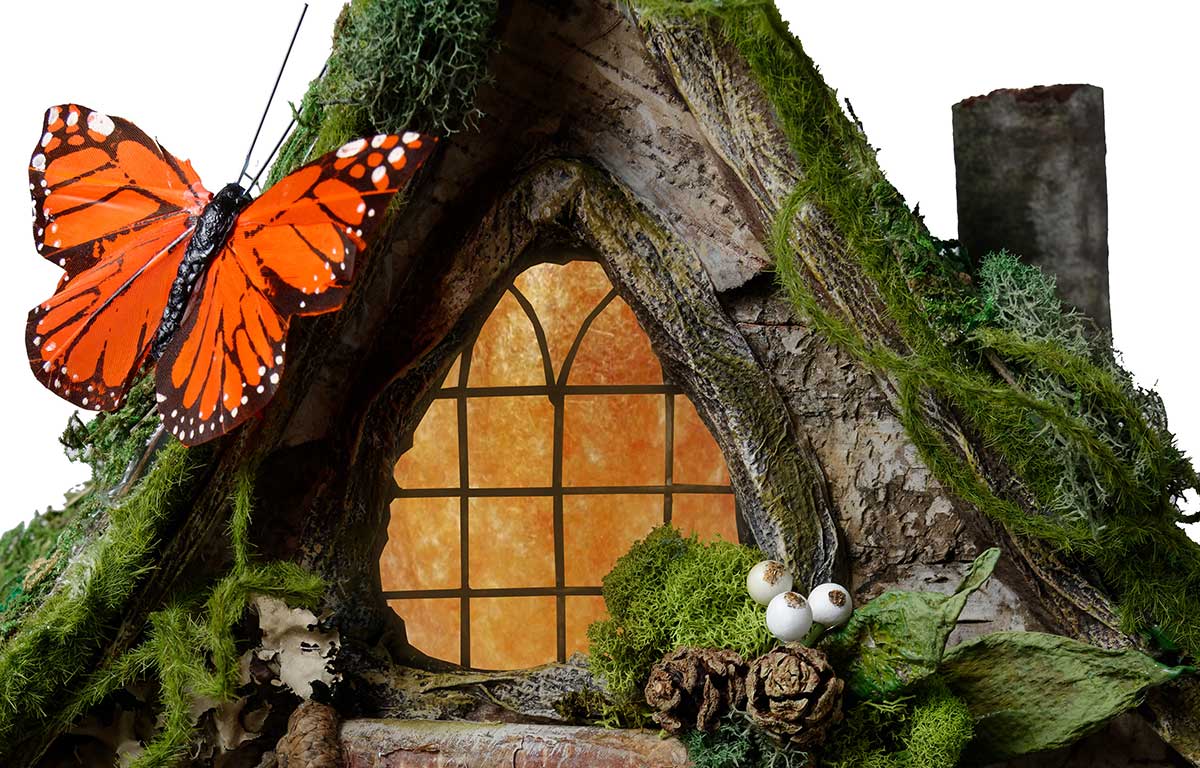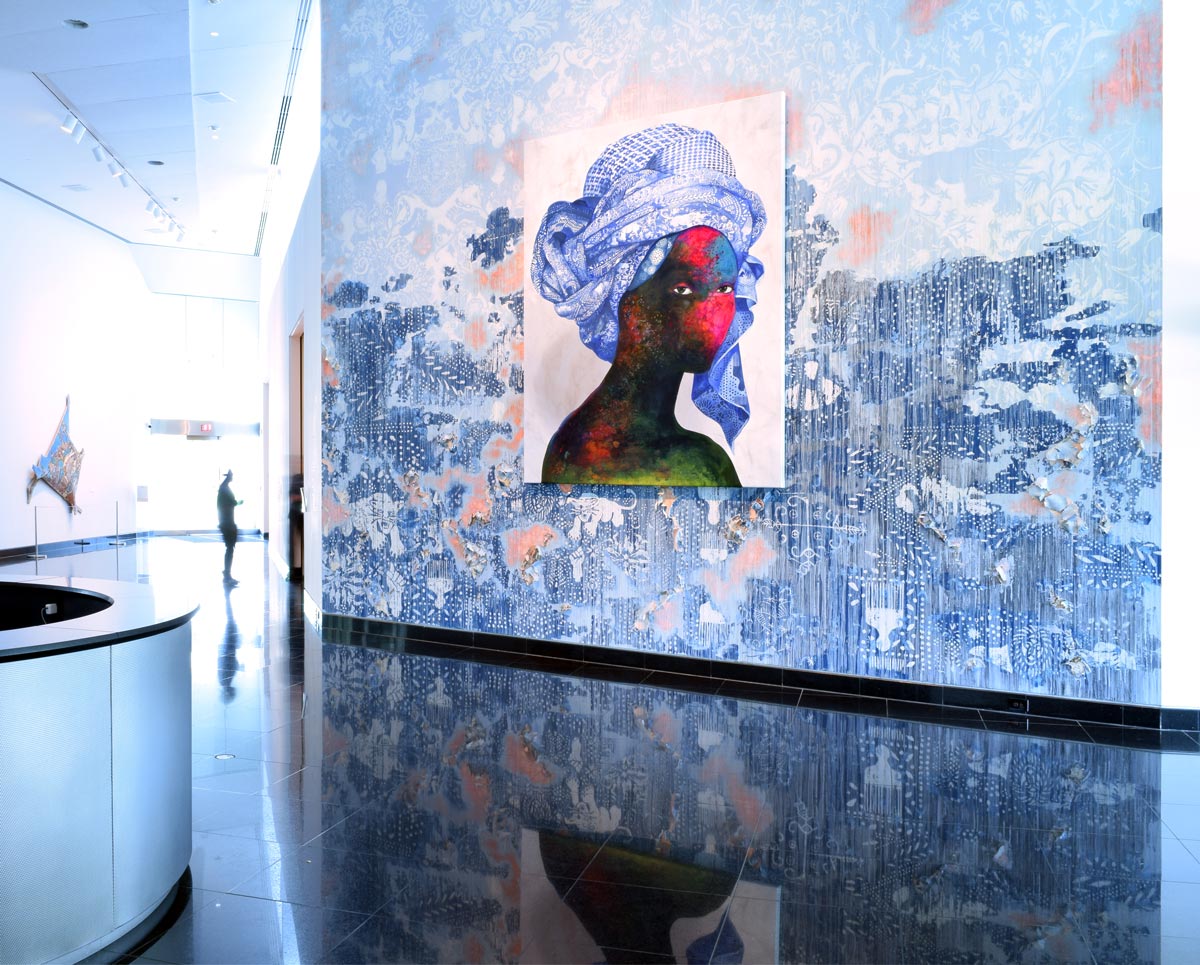The Bonne Terre Space Museum and Grissom Center opened 20 years ago as a tiny museum with great potential. Two decades later, museum president Earl Mullins and a group of enthusiastic volunteers have worked hard to grow the museum’s collections and inspire the next generation.

By Pam Clifton
Space Man
Earl Mullins finds his passion in the final frontier.
Q | When did your interest in space exploration begin?
A | I won a Project Mercury hand-held pencil sharpener at a carnival when I was a child, and that’s when my love for space first began. Then I had a big dream; I wanted to open a space museum one day.
Q | How and when did your dream become reality?
A | The Space Museum in Bonne Terre opened in 2003. I used my own collection of artifacts to fill it. Lowell Grissom, brother of astronaut Lt. Col. Virgil Ivan “Gus” Grissom, attended the museum’s ribbon cutting. Five years later, the museum became a not-for-profit to be able to gain artifacts from NASA and other organizations.
Q | How has the museum changed since then?
A | The impossible became possible. We’ve turned the small museum that started on a shoestring budget into a nationally recognized facility with significant relics. The museum expanded in 2019 to include the Grissom Center, named after Gus, one of NASA’s Original Seven Mercury astronauts and the first man to fly in space twice. He died in 1967 after an electrical fire inside the Apollo 1 command module during testing at Kennedy Space Center. Now the museum receives NASA artifacts every few months, which add to the massive collection of space items that are valued at more than $30 million. These artifacts include a lunar sample collected by Apollo 16, space suits and gloves, shuttle models, space rocks, heat shield tiles, flags that have been to the moon, a glove from a Russian cosmonaut, newspaper clippings, ejector seat, debriefing transcripts, space shuttle main engine, charred space glove from the 1997 MIR fire, space-themed toys, meteorite fragment, and even a space toilet. Max Q, the museum’s mechanical friend, also entertains patrons with humor and information. Visitors can even experience a shuttle launch, the next best thing to being at a launch in person. They’ll see, hear, and feel what it’s like being three and a half miles from a launch.
Q | What’s the museum artifact that you cherish the most?
A | We have a handwritten letter from US Air Force officer, test pilot, and astronaut Henry Gordon to his mother. It’s the humanity of the letter. That’s the story we try to tell here.
Q | How does the museum bring you personal satisfaction?
A | I’m happy when kids show an interest in space exploration. I also love when adults are able to recapture the wonder they felt when they were watching the first moon landing. As a rule, most people know about space travel but are oblivious as to how important and amazingly wondrous it is. When you see the light bulb of revelation come on, then we know we have done our job. It is our goal to make sure that when people leave the museum, they are fully infected by the wonder of it all and have a new sense of what humans can do and be if they only dare to dream.
Explore more about the space museum at Space-Mo.org.
Article originally published in the October 2021 issue of Missouri Life.
Related Posts
Explore mystery and flavor in Kansas City
A murder mystery cocktail lounge, heart-themed art, New York-style pizza, and more in Kansas City. This is the City Scout report for April 2022, produced exclusively for missourilife.com.
Irish Fairy Cottages Emerge at Titanic Museum
BRANSON—Irish fairy fantasy cottages have taken root at the Titanic Museum and will remain visible to visitors during the attraction’s March tribute to the 187 Irish passengers and crew on the Titanic.



